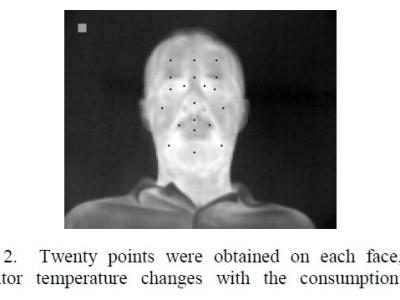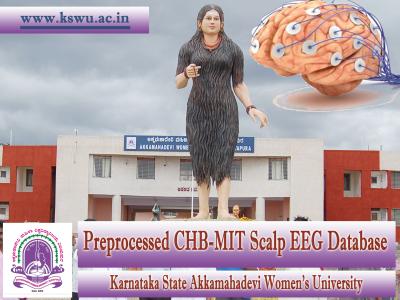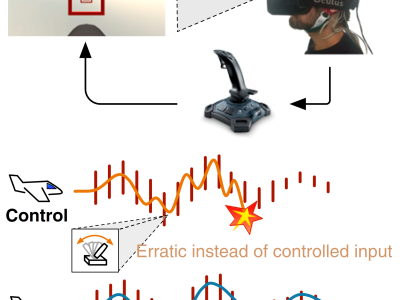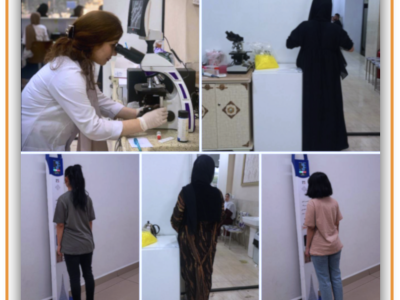Preprocessed 32 channel EEG during motor imagery task and real/sham rTMS

- Citation Author(s):
-
Susanna Gordleeva (Neurodynamics and Cognitive Technology Laboratory, Lobachevsky State University of Nizhny Novgorod, Nizhny Novgorod, Russia)Semen Kurkin
(Baltic Center for Artificial Intelligence and Neurotechnology, Immanuel Kant Baltic Federal University, Kaliningrad, Russia)
Andrey Savosenkov (Neurodynamics and Cognitive Technology Laboratory, Lobachevsky State University of Nizhny Novgorod, Nizhny Novgorod, Russia)Nikita Grigorev (Neurodynamics and Cognitive Technology Laboratory, Lobachevsky State University of Nizhny Novgorod, Nizhny Novgorod, Russia)Nikita Smirnov (Baltic Center for Artificial Intelligence and Neurotechnology, Immanuel Kant Baltic Federal University, Kaliningrad, Russia)Vadim Grubov (Baltic Center for Artificial Intelligence and Neurotechnology, Immanuel Kant Baltic Federal University, Kaliningrad, Russia)Anna Udoratina (Neurodynamics and Cognitive Technology Laboratory, Lobachevsky State University of Nizhny Novgorod, Nizhny Novgorod, Russia)Vladimir Maksimenko (Baltic Center for Artificial Intelligence and Neurotechnology, Immanuel Kant Baltic Federal University, Kaliningrad, Russia)Victor Kazantsev (Neurodynamics and Cognitive Technology Laboratory, Lobachevsky State University of Nizhny Novgorod, Nizhny Novgorod, Russia)Alexander Hramov (Baltic Center for Artificial Intelligence and Neurotechnology, Immanuel Kant Baltic Federal University, Kaliningrad, Russia) - Submitted by:
- Semen Kurkin
- Last updated:
- DOI:
- 10.21227/h8sg-t780
 212 views
212 views
- Categories:
- Keywords:
Abstract
Design of EEG-TMS experiment. The figure shows the timeline of the experimental session, the illustration of the typical sequence of the visual cues and the structure of one trial, and the illustration of the time intervals of interest within a trial: Pre is the baseline pre-que interval [-4.5 -0.5] s; Post is the post-cue interval [0 0.5] s; Img is the interval [1 3] s of motor imagery execution; here, t=0 corresponds to the moment of the appearance of the visual cue to start the movement.
Instructions:
Thirty right-handed healthy adult volunteers (21 females / 9 males; age range: 18–34 years old) with no previous psychiatric or neurological history participated in the experiment. All participants were naive to stimulation. One subject dropped out of the experiment due to pain symptoms during the TMS.
This was a randomized sham-controlled study. Participants were randomly assigned to receive sham (15 subjects) or real rTMS (15 subjects). During the experiment, subjects were comfortably seated in a reclining chair, with both arms positioned on armrests. The experimental scenarios were displayed on a 27-inch LCD screen located at a distance of 2 meters. Participants were instructed to stay relaxed with open eyes during the entire experiment unless performing an experimental task. At the beginning and the end of the experiment, the background EEG activity was recorded for 3 min. The experiment consisted of four experimental tasks: motor execution (ME), quasi-movement (muscle tension is not observed visually, but can be detected by EMG, QM), and two motor imagery (MI1 and MI2) of the dominant (right) hand. The duration of each experimental task was 3 min 2 s. Between tasks, the subjects were allowed to rest for 2 min. Real or sham rTMS was applied between two MI tasks. After stimulation, the subjects were allowed to rest for 2 min, and then the second MI task was performed.
For data acquisition, we used a 48-channel NVX-52 amplifier (MKS, Zelenograd, Russia). EEG data were recorded from 32 standard Ag/AgCl electrodes (Fp1, Fp2, F3, Fz, F4, Fc1, Fc2, F7, Ft9, Fc5, F8, Fc6, Fc10, T7, Tp9, T8, C3, Cz, C4, Cp5, Cp1, Cp2, Cp6, Cp10, P7, P3, Pz, P4, P8, O1, Oz, O2) placed according to the international 10-10 system. The earlobe electrodes were used as references. The grounding electrode was placed on the forehead. Electrode impedance was kept below 15 kOhms. EEG was digitized with a sampling rate of 1 kHz. EEG data were preprocessed, artifacts were rejected.
Each experimental task was accompanied by specific visual cues on the monitor. Every experimental task included 20 trials of 10 seconds each. A trial started when a white cross on a gray background appeared for 5 s to fix the subject's attention. Then cross with a right-oriented arrow appeared and was displayed on the monitor for 5 s. This cue signaled a subject to perform the motor task. The subjects were asked to perform or imagine their right hand clenching into a fist. Subjects were required not to produce EMG modulation during MI. Subjects were not given specific instructions on how many overt or imagined movements to make; during 5 s they managed to make 2-3 movements on average. A trial ended with a pause: the arrow disappeared on the monitor, and the cross was shown for 5 s.
The left dorsolateral prefrontal cortex (DLPFC) was chosen as the region for TMS. The coordinate of the target site in DLPFC was set to be [79, 46, 51] mm in the CTF coordinate system in Colin27 brain MRI averaged template. To evoke facilitation in the excitability of the DLPFC, we used high-frequency rTMS. The stimulation was delivered through a focal, figure-of-8 coil (outer diameter of each wing 7 cm) connected with a standard Neuro MS/D magnetic stimulator (Neurosoft, Ivanovo, Russia). Following the standardized procedure, individual resting motor threshold (RMT) was determined as the minimum stimulator intensity required to evoke at least 50 muV peak-to-peak response in Musculus flexor digitorum superficialis in at least 5 out of 10 repeated trials. We used the following parameters of rTMS: 6 min duration, 5 Hz frequency, 1800 pulses, and an intensity set at 90% of the individual RMT. Sham stimulation proceeded exactly as described for rTMS with the coil being tilted 90 degrees, so that its edge rested on the head.








